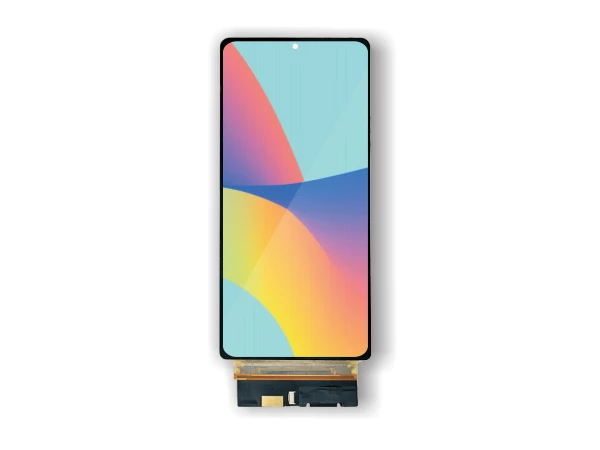High-Quality Visual Experience: Display Screen for Tablet
Aug 25,2025
The Display Screen for Tablet plays a pivotal role in delivering a seamless and immersive visual experience, making it one of the most important components in modern tablet devices. Whether for reading, gaming, video streaming, or productivity, the tablet screen directly impacts the user’s experience and satisfaction. Designed to offer high resolution, clarity, and vibrant colors, the tablet display is engineered to bring digital content to life with remarkable detail and brightness.
One of the key features of the modern tablet display is its high resolution. With advancements in technology, tablet screens now feature full HD or higher resolution displays, providing crisp, sharp images that enhance text readability and video quality. For users who enjoy graphic-heavy tasks like gaming or photo editing, these high-definition screens ensure that visuals are clear and detailed. The resolution of the screen is often paired with technologies such as Retina displays (for Apple devices) or AMOLED (for Samsung devices), offering deeper blacks, vibrant colors, and enhanced contrast for an optimal viewing experience.
Another standout characteristic of tablet displays is their touchscreen functionality. Modern tablets are equipped with capacitive touchscreens that respond to a light touch, offering smooth and accurate interaction. The sensitivity of these touchscreens allows for gestures like pinching, swiping, and tapping, making navigation fluid and intuitive. This touch technology is not only responsive but also highly durable, ensuring that the screen can withstand prolonged use without losing its responsiveness.
The display screen is also designed for clarity and readability in different lighting conditions. Many tablet screens now come with anti-glare coatings or adaptive brightness features that automatically adjust the screen’s brightness according to ambient light. This ensures that users can comfortably use their tablets both indoors and outdoors without straining their eyes. Furthermore, newer screens often feature blue light reduction technology to minimize eye strain during extended periods of use, making it easier for users to enjoy reading or watching content for longer durations.
In terms of size, tablet display screens come in various dimensions, with common sizes ranging from 7 inches to 12.9 inches. Larger displays provide an immersive experience, making them ideal for media consumption, gaming, and multitasking. Smaller screens, on the other hand, offer greater portability, making them suitable for users who prioritize ease of use on the go. The screen's bezel (the border surrounding the display) has also evolved, with many modern tablets featuring slimmer bezels for a more expansive and immersive visual experience.
The technology behind tablet displays has also evolved with the introduction of OLED and AMOLED panels. These displays use organic compounds to produce light, resulting in more energy-efficient screens that also offer superior color accuracy and contrast. OLED displays are known for their deeper blacks, brighter whites, and more vibrant color reproduction, which makes them ideal for watching videos, playing games, or browsing images. AMOLED technology takes this a step further by enabling the screen to offer even deeper blacks and more vivid colors, enhancing the overall viewing experience.
Another key feature of modern tablet displays is their durability. Many tablets now come equipped with scratch-resistant glass or Gorilla Glass, which helps protect the screen from everyday wear and tear. This increased durability is especially important for users who are frequently on the go or those who tend to drop their devices. Additionally, many display screens are designed to resist smudges and fingerprints, keeping the screen looking clean and clear for longer periods.
When it comes to performance, tablet displays are designed to deliver smooth and lag-free experiences. With advancements in graphics processors and display technologies, modern tablet screens can render high-definition content seamlessly, even for demanding applications like gaming or video editing. The smoothness of the display ensures that users can enjoy an uninterrupted experience, whether they’re watching movies, playing games, or working on tasks that require high graphical performance.
In summary, the Display Screen for Tablet is a crucial component for any tablet, impacting everything from user interaction to media consumption. With high resolution, touch responsiveness, anti-glare features, and advanced color technologies, tablet screens are designed to provide an exceptional viewing experience across various use cases. Whether you are working, playing, or watching, the quality of your tablet’s display can significantly affect the overall user experience.
Key words:
Recommended
Exploring the Advantages of CTP Touch Screen Technology in LED Displays





